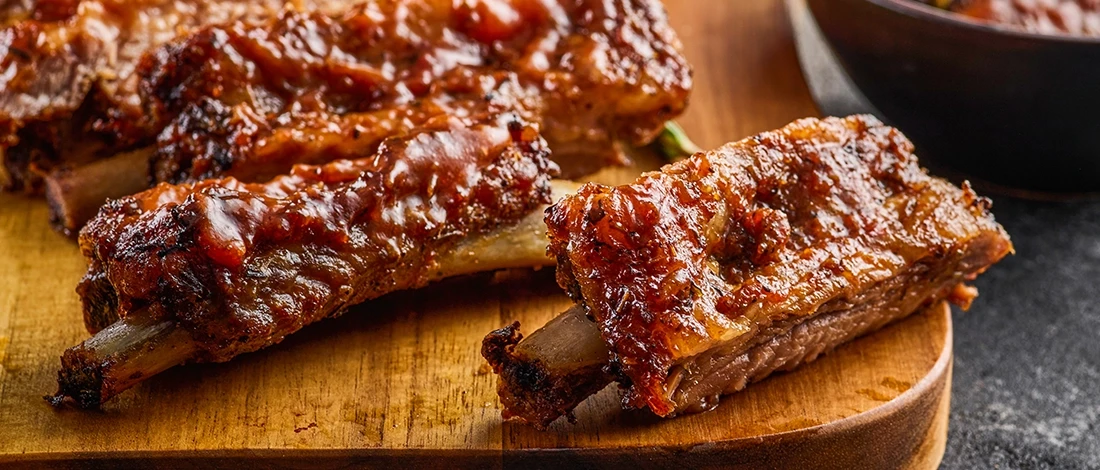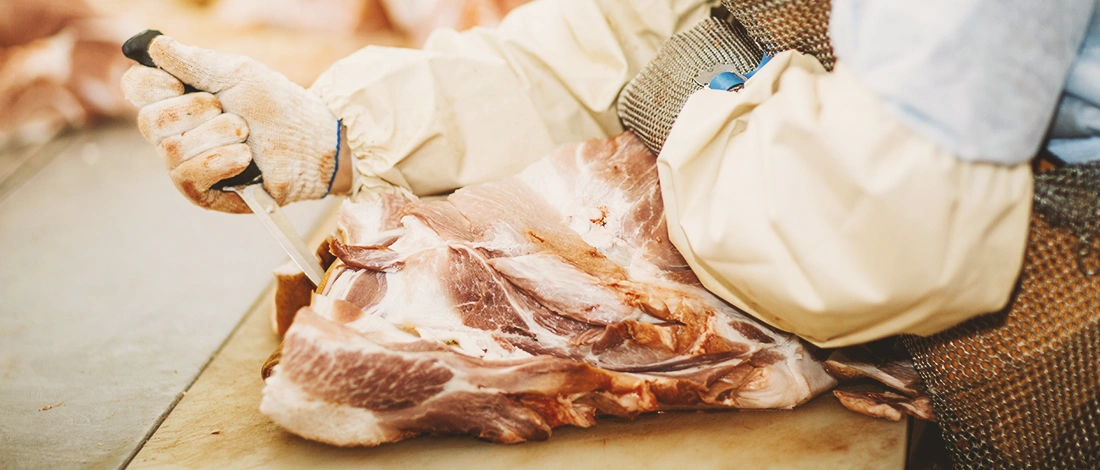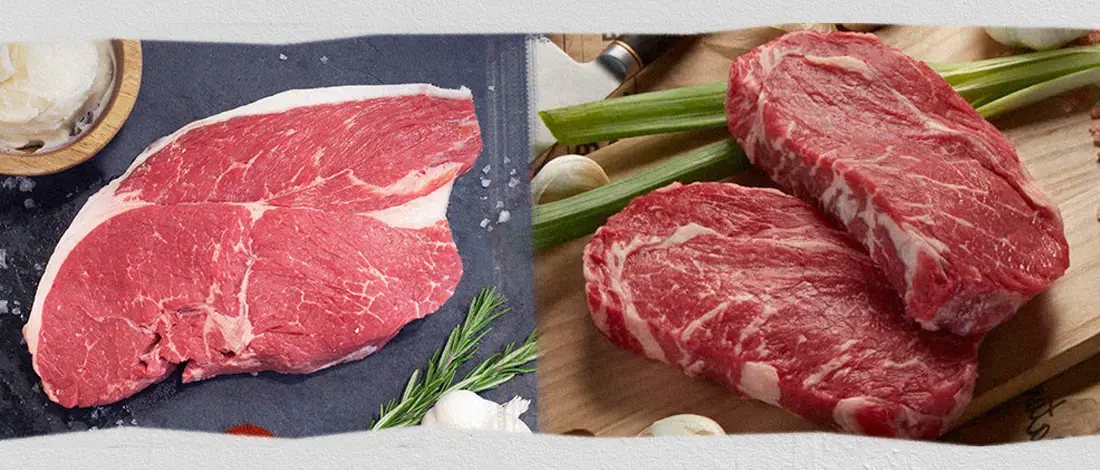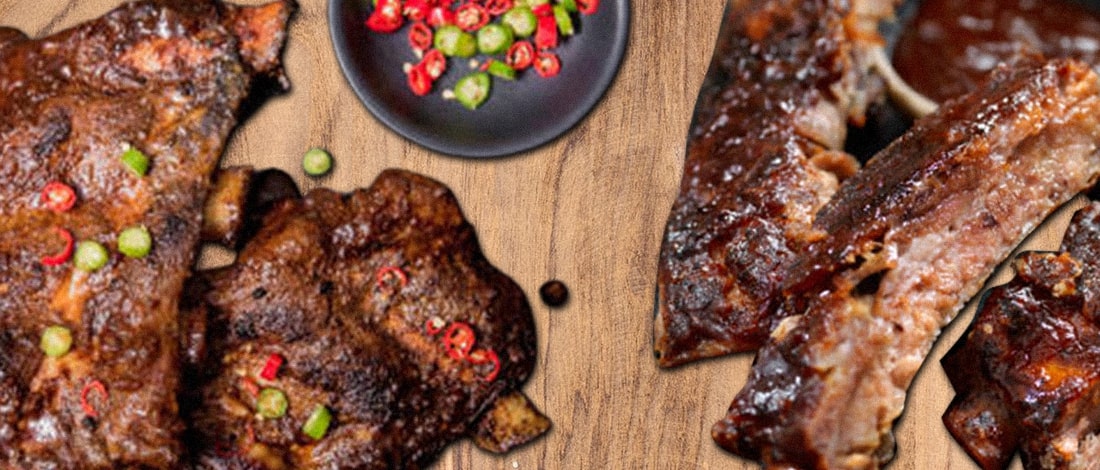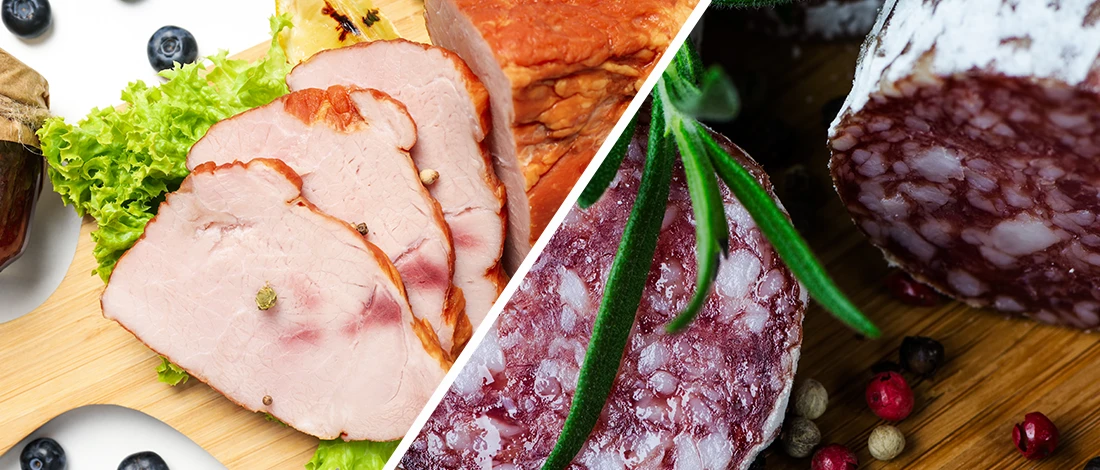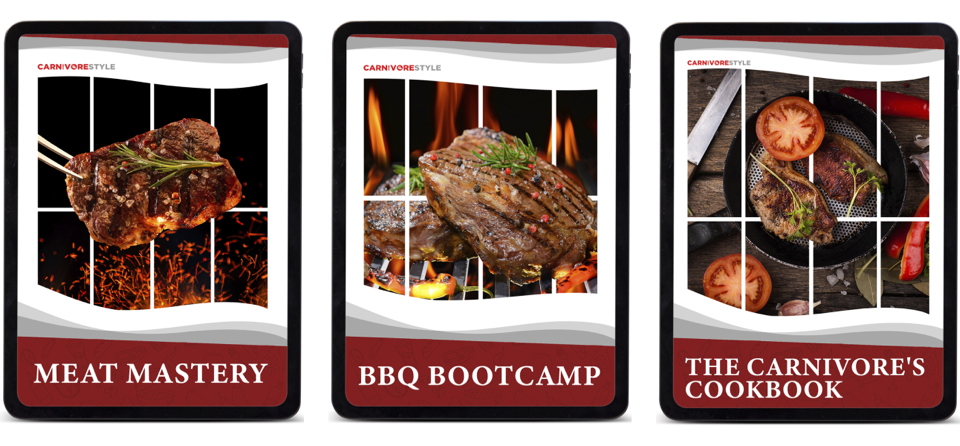As a die-hard devotee of the carnivore lifestyle, one question seems to grill me more than any other: What are the real differences between various types of meats, especially beef? Newbies to the carnivore diet often find themselves lost in the meat aisle, pondering this very conundrum.
At Carnivore Style, we have tested countless cuts and varieties to break down the real differences between cow and bull meat. If you've ever wondered why certain cuts taste different or cook up tougher, you are in the right place.
So, buckle up, carnivores. This article is going to sink its teeth into the prime differences between cow and bull meat, arming you with the know-how to pick the cut that's perfect for you.
Quick Summary
- Bull meat and cow meat differ in taste, texture, and fat content, with bull meat having a gamier flavor and tougher texture due to higher muscle content.
- Bull meat is leaner than cow meat, making it potentially healthier but harder to cook without drying out.
- Store-bought beef usually comes from cows or steers, not bulls, due to bulls' stronger flavor.
Cows and Bulls
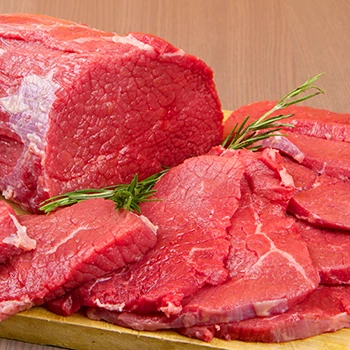
At the outset, it is fundamental to know that beef is technically the meat of any bovine animal, including both bulls and cows. So, what exactly are the differences between the two?
The first thing to understand is that while cows and bulls are both cattle, they are different sexes. Very simply, cows are female, while bulls are male.
That seems easy enough, but it becomes more complex because there is a lot of terminology in the cattle world.
For example:
- Steer - a male animal with castrated testicles
- Heifer - juvenile female cattle that have yet to have at least one calf
- Ox - a neutered male older animal, used for draft purposes
- Springer - a cow close to giving birth
- Feeder - an animal being fattened for slaughter at a young age
- Calf - juvenile female or male cattle
- Veal calves - male calves born of dairy cows that are raised for veal
- Dogies - motherless calves
To make things even more confusing, there are also different types of cattle. Although all slaughtered cattle produce beef, not all cattle are bred to do so.
As the name suggests, beef cattle are bred specifically for their meat.
Dairy cattle, on the other hand, are raised for their milk. In some cases, dairy cows may also be used for their meat after they stop producing - but this is secondary to their primary purpose.
3 Differences between Bull and Cow Meat
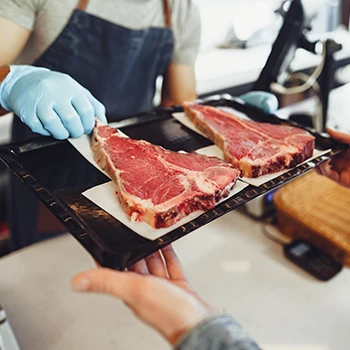
So, now that we've cleared up all of the terminologies, let's get into the different types of beef.
Generally, the meat you find at the grocery store comes from a cow or a steer. This is because they are the most common types of beef cattle raised for food.
Any bull calves that will not be bred are usually castrated and turned into steers. This is because young bulls can be aggressive, which makes them more challenging to handle.
Steers do not have the testosterone levels of bulls but are generally larger than cows, which makes them suitable for meat production.
Thus, bulls are not commonly used for eating because they are generally used for breeding purposes. However, you may be able to find bull’s meat at specialty butcher shops or from local farmers.
So, let's examine the differences between cow and bull meat.
1. Taste
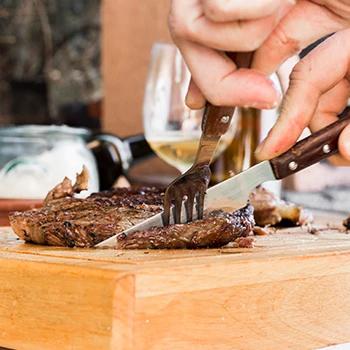
Many people ask, “Does bull meat taste bad?” To put it simply, bull meat quality characteristics are such that it has a more assertive and gamier flavor than the cow.
This difference is partly because bulls are generally older and have more muscle than cows.
Whereas female cattle (and steers) are usually slaughtered when they are three years old, bulls are typically killed far later because they breed cows for many years [1].
Additionally, bulls have testosterone, while heifers do not. Testosterone is thought by many to give some beef an abnormal taste.
Bull beef has a flavor that has been described as bloody or liver-like [2]. Carnivore Style’s team has found that while bull meat can work in certain dishes, its intensity makes it less popular than traditional beef cuts from steers or cows.
2. Texture

In addition to the taste, you'll also notice a difference in texture between these two types of beef.
Bull meat is usually tougher and chewier than heifer meat [3]. It may work for ground beef but does not have the quality grade of meat from female cows.
This difference is again due to the fact that bulls are more mature and muscular than heifers. Their muscle tissue is less marbled with fat and has more connective tissue.
Well-used muscle will have a tougher texture than one that hasn't been used much. This is another reason we eat cows and do not eat bulls.
3. Fat Content
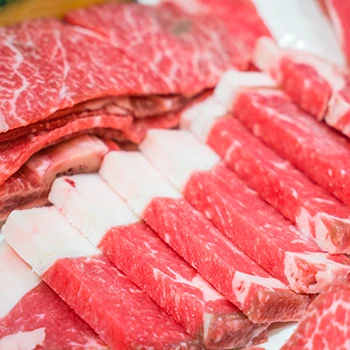
Another critical difference between cow and bull meat, especially when it comes to cooking, is the fat content. Bull meat, generally speaking, has less marbling than cow.
This is likely because bulls are more active than heifers and therefore have less opportunity to store energy in the form of fat. Additionally, they are not usually fattened prior to killing like a cow.
This leanness means that a particular cut of beef from a bull is likely to be healthier than the same cut from a cow.
In reality, all beef has saturated fat, which is thought to contribute to heart disease when consumed in large amounts.
Thus, for health, nutritionists believe that the less fat, the better.
However, this lower fat content can make bull meat more challenging to cook. The fat in commonly eaten beef helps keep it moist, and the meat can quickly become dry and tough without it.
Related Articles:
FAQs
Is Bull Meat as Good as Steer Beef?
No, steer beef is better than bull meat. This is because steer meat is more tender and has a milder, "beefier" flavor.
What Is the Best Way to Cook Bull Meat?
The best way to cook bull meat is by using a moist cooking method, such as braising. Since bull meat is generally leaner than heifer meat, it is essential not to overcook it. Otherwise, it can become dry and tough.
Additionally, you can add extra fat, such as butter or olive oil, to help keep the lean steaks moist.
References:
- https://www.ams.usda.gov/grades-standards/slaughter-cattle-grades-and-standards
- https://ift.onlinelibrary.wiley.com/doi/abs/10.1111/j.1365-2621.2002.tb09428.x
- https://www.ncbi.nlm.nih.gov/pmc/articles/PMC6154429/#CR48


